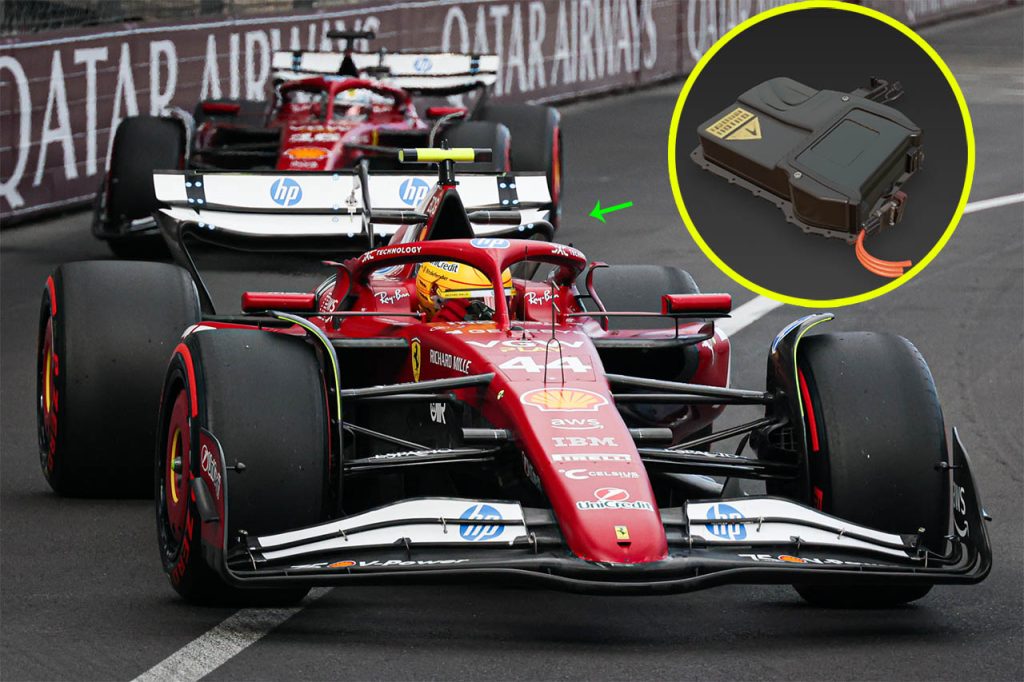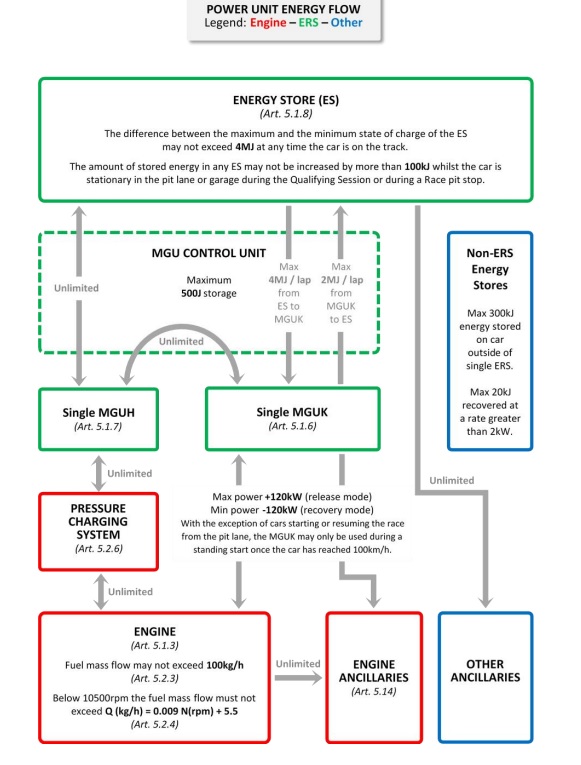Ferrari F1 Updates – While media attention is focused on the rear suspension, a previously undisclosed technical innovation is taking shape in Maranello. According to exclusive information obtained by NewsF1.it, Ferrari F1 is working on an Energy Store (battery pack) upgrade for the SF-25. This is a crucial development aimed at improving available power, thermal management, and the overall reliability of the Power Unit. According to reliable internal sources, the new system is in an advanced stage of development and could be introduced during the 2025 season.

Why is no one talking about it?
Unlike the suspension updates, which have attracted significant attention from insiders and fans alike, the battery pack upgrade has flown under the radar. Yet it is a strategic move that could significantly impact on-track performance. This is the first time this information is being publicly shared, and we do so with the confidence of its technical relevance. According to the details we have:
- The upgrade will be implemented only on the Ferrari SF-25.
- The 2026 battery pack will be completely different, so the current design won’t be reused in the future project.
- To introduce it during the current season, Ferrari will need to demonstrate it’s necessary for reliability reasons.
- The system involves not only the battery but also the inverter and control unit: it is a complex, integrated intervention.

Why is Ferrari changing the battery pack?
Yes, if Ferrari is changing the Energy Store, it’s very likely aiming to improve the overall performance of the Power Unit, especially in terms of:
- Energy recovery efficiency
- Available power during electric deployment
- Weight reduction
- Optimized cooling

Expected Technical Benefits
- Higher energy density: A more advanced battery could store and deliver more energy faster, with clear benefits in acceleration and energy consumption.
- Weight reduction: A lighter Energy Store allows for better weight distribution and improved handling.
- Better cooling and reliability: A more efficient system reduces overheating risks, maintaining power consistently throughout the race.
- More flexible strategies: A new battery pack allows more aggressive use of the MGU-K system, which is crucial for qualifying and attacking phases during a race.

How the Energy Store Works in Formula 1
The so-called Energy Store is a lithium-ion battery that collects and supplies electrical energy recovered by the Power Unit’s two motor-generators:
- MGU-K: Recovers kinetic energy under braking.
- MGU-H: Recovers thermal energy from exhaust gases.
Operational Phases:
- Energy recovery: The MGU-K acts as a generator during braking, while the MGU-H converts turbo heat into electrical energy.
- Storage: The energy is stored in the battery in chemical form.
- Usage: During acceleration, stored energy is released to the MGU-K, which can deliver up to 120 kW (163 hp) of additional power.
FIA Regulatory Limits:
- Max energy per lap: 4 MJ
- Max recovery from MGU-K: 2 MJ
- Minimum battery weight: 20 kg
- Mandatory placement: Between the driver and the engine, inside the chassis
A Precedent to Remember
Ferrari has already introduced significant hybrid system upgrades in the past — such as at Sochi in 2021 ahead of the 2022 regulations — achieving concrete improvements. If the new battery pack is homologated and used in 2025, it means the team has recorded notable performance gains on test benches and simulators.
Benefits Extended to Customer Teams
A key point is that this update won’t be limited to the SF-25: all Ferrari-powered teams, such as Haas and Sauber, will benefit from the new Energy Store, thereby gaining improved energy efficiency, reliability, and overall performance. If confirmed, this upgrade could make the entire Ferrari engine family more competitive on the grid.
Copyright newsf1.it – All rights reserved


